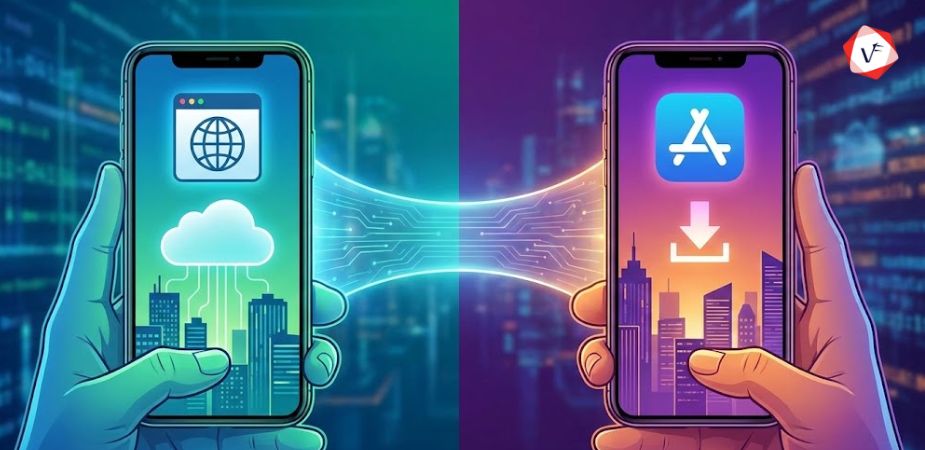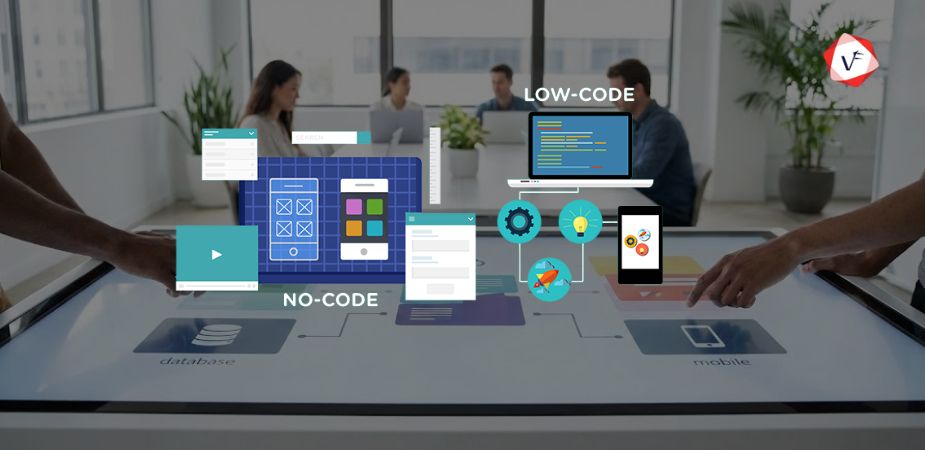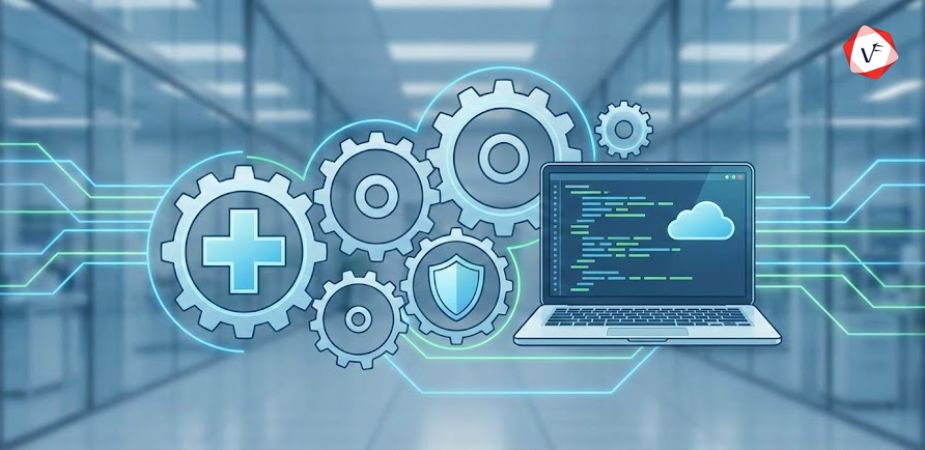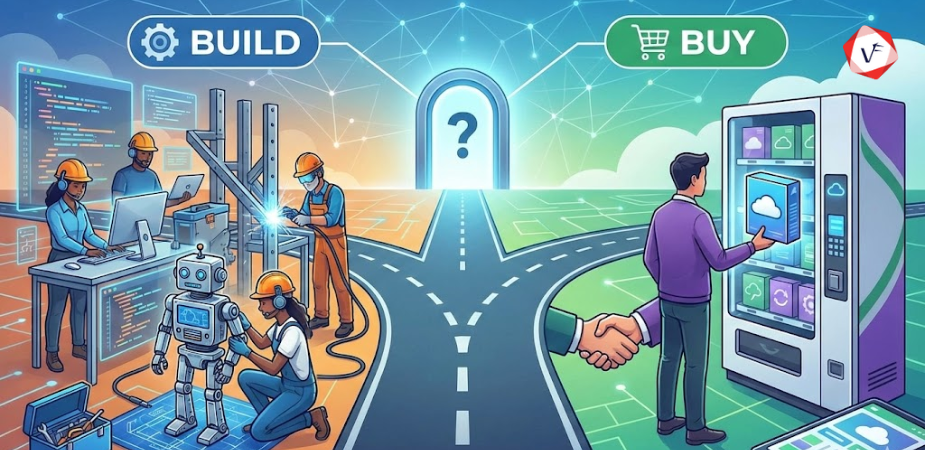- March 23, 2021 4:37 am
- by Sooraj
- March 23, 2021 4:37 am
- by Sooraj

The project management methodology you choose plays a vital role in determining the time to market, efficiency, health, and cost of your software product. No matter how good your development team is, if you build your product without following a software development methodology, it can cause missed deadlines, increased cost, disorganized teams, and ultimately lead to project failure. This is one of the main reasons why software development company adopt multiple software development methodologies & frameworks. However, there are plenty of different project management frameworks to choose from. We are exactly going to talk about that in this blog post along with their pros and cons.
Traditional methodologies have a linear approach to project execution. Traditional product development methodologies such as Waterfall are widely adopted in the manufacturing and construction industry where changes are not required at every stage. If you follow traditional project management models such as Waterfall in your software product development, your project goes sequentially where one stage has to be finished before starting another. The biggest drawback of this approach is that you can’t go back to a previous stage without starting the whole process from scratch. This approach also gives less flexibility to development teams as they can only advance to the next stage only by having strict reviews and approvals from the side of the customer. On the other side, Agile software development methodologies are highly efficient, robust, and flexible when compared with traditional methodologies such as Waterfall. This is one of the key reasons why software development company in India adopt agile as their preferred product development methodology.
Agile is a software development methodology strictly based on an iterative and incremental approach. Agile methodology deviates from traditional methodologies by approaching the project by avoiding in-depth planning at the initial stage of your project. Agile gives more emphasis to dynamic requirements and encourages continuous feedback from stakeholders and end-users. Agile teams are self-organizing and cross-functional and work in iterations to deliver working software over a period of time. Agile teams divide the software product being developed into workable chunks on iterations of a product over a period of time, and this work is organized into a backlog that is prioritized based on business or customer value. The final goal of each iteration is to deliver a potentially shippable product. In Agile, business and development teams work collaboratively to align the product vision with the goals of end-users and business.
Scrum is one of the widely adopted agile models by offshore software development companies across the globe. Scrum can be combined with other agile processes making it an extremely flexible agile framework. One of the examples for this is “Scrumban” which is a combination of Scrum and Kanban. Scrum is an iterative development framework usually used by companies to manage complex software development projects with dynamic requirements. Scrum teams work in sprints which are simply fixed-length iterations that last for one to two weeks(this can vary with the complexity of your project). Working in sprints allows the development team to release a potentially shippable product regularly. Sprint planning sessions are conducted before the starting of a fixed-length iteration with the development team and business stakeholders. Scrum can be the best fit for projects that have ambiguity in estimating the exact amount of work.
Kanban is a powerful and yet simple agile framework used for efficiently managing product development. Kanban was first introduced by Toyota in their manufacturing plants for managing their production. However, Kanban is used by many software development companies across the globe as a viable framework for developing software products. Kanban is all about the visual representation of work where team members can see the status of their project in real-time on a kanban board.
DSDM is an Agile project management framework that is mainly used for developing software solutions. DSDM focuses more on business needs, on-time project delivery, collaboration, control, incremental & iterative development, communication, quality, and most importantly user involvement throughout the project.
Extreme Programming or XP is a type of software development methodology popular among many software development companies. The core principles of this framework include giving more priority to feedback and adopting change. Since XP is highly flexible to dynamic customer requirements, choosing XP for your software development project can deliver you enhanced product quality. Moreover, XP delivers tools that allow you to minimize risks while building a new system, especially when developers must write code in a time-boxed manner. You can consider this framework for your project if you have a development team that doesn’t exceed 12 people.
Feature-driven development, otherwise known as FDD is an incremental & iterative development approach that combines five industry best practices that includes, model development, feature list preparation, feature plan, design by feature, and build by feature. FDD is best suited for more complex and long-term projects that cannot be managed using agile scrum methodology.
Pros:
Cons:
Using a software development methodology enables you to have a clear vision of your final product that enables faster development and shipping. However, you should only choose a methodology as per the specific requirements of your project. You can go with traditional models like the Waterfall model If you have only minimal or no changes required at every stage of your development process. Whereas, if you have dynamic requirements, moving on with Agile development methodologies can be your best bet.
Guaranteed Response within One Business Day!

Progressive Web Apps vs Native Apps: Which Should You Choose in 2026?

What is Citizen Development?

Healthcare Software Development: Compliance and Best Practices

Custom Software Development: When to Build vs Buy
Code Review Best Practices That Actually Work in 2025